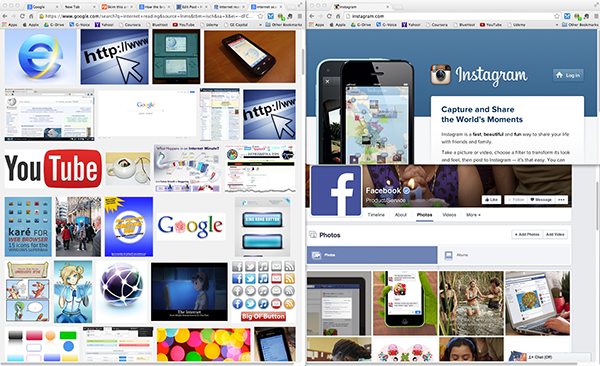Reading strategies that increase comprehension
To read and learn at the college level you must be analytical but also strategic. Ideas are more complex, readings are more dense, and the main goal is no longer to simply memorize facts but to understand, apply, analyze, and develop critical thinking skills.
The following ideas should help you improve your reading skills and increase your comprehension levels. While most of them are related to reading traditional college textbooks, the basic principles are applicable and adaptable to a large number of reading materials. You don’t need to follow them in the particular order provided here. Adapt each step to the specific type of reading you are trying to complete.
- Start with the course’s Syllabus:
- Make sure you understand the main learning goals and objectives of the course. This will provide you the proper context for most of your readings.
- Identify the key concepts and ideas that will be discussed throughout the semester. Every week you must review the syllabus (and/or course calendar) to identify main topics for that week and possible connections between prior and future topics.
- Go to the table of content of your textbook:
- Identify the organizational structure (compare with the syllabus)
- Look for primary topics and secondary topics
- Identify content and context (each lesson/content belongs to a primary context)
- When available, follow the chapter’s outline to help you build a structure
- Convert primary and secondary topics into questions
- Divide the chapter in smaller chunks to study over multiple days
- Next, go to the first page of the chapter and start looking at the learning objectives if available. Sometimes, learning objectives are spread-out through multiple pages. Convert the learning objectives into questions:
- Start with What, When, Where, Who, WHY and HOW. These questions will serve as a roadmap for your reading. Don’t expect to create a perfect “study-guide”.
- Don’t assume each objective is a single question. A single learning objective could be the source of multiple questions. You’ll get better at this the more you practice and the more you think critically. It’s OK to challenge and question what you read. This article provides some ideas on How to ask questions that prompt critical thinking.
- Before you start reading, browse the entire chapter or article and look for headings, sub-headings, tables, graphics, pictures, or any other highlighted content. Create additional questions from them and/or identify questions already answered by them.
- After (a) browsing the chapter/article, (b) identifying primary and secondary topics, and (c) writing your questions, then go to the end of the chapter. If there’s a summary or recap section, read it first.
- Now you are ready to start reading with the real purpose of achieving a deep learning experience.
For ideas on how to implement critical thinking through your reading process, watch this video from the Snap Language Youtube channel:



